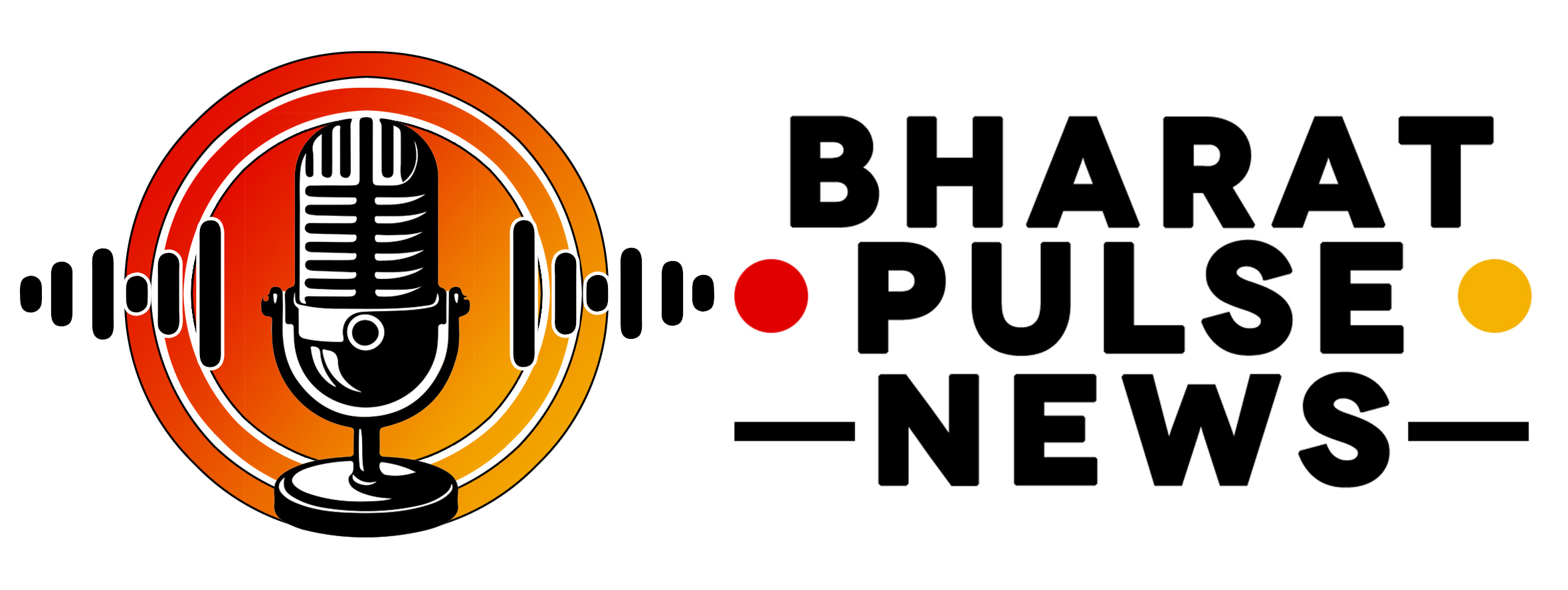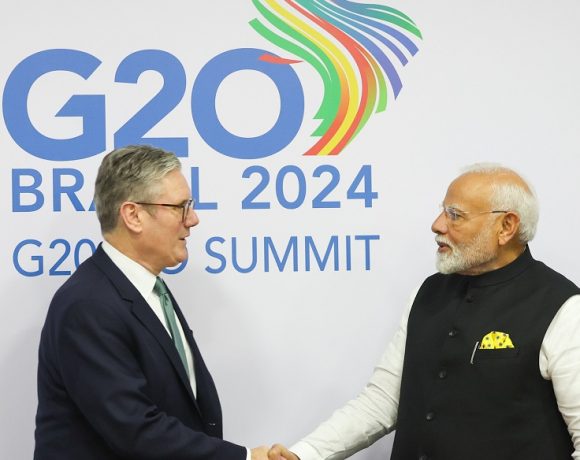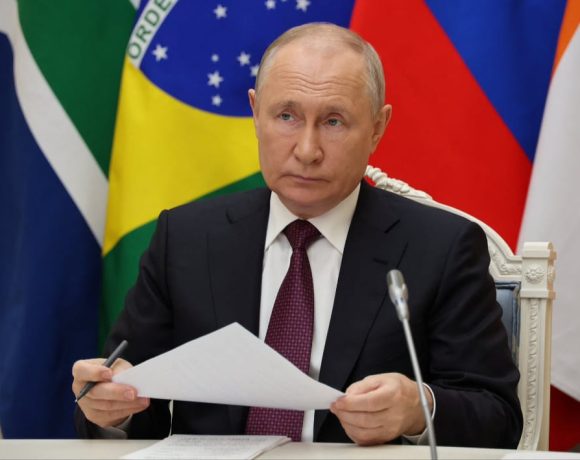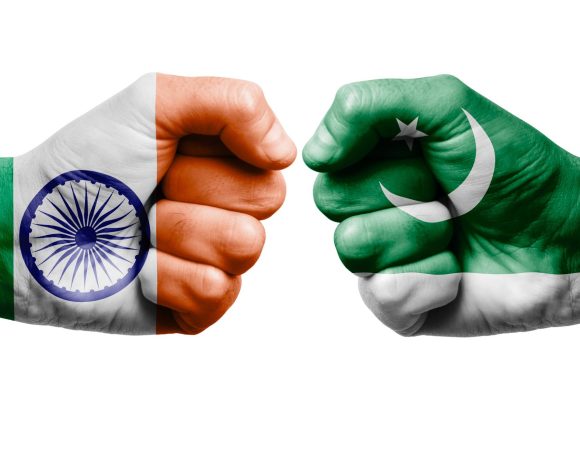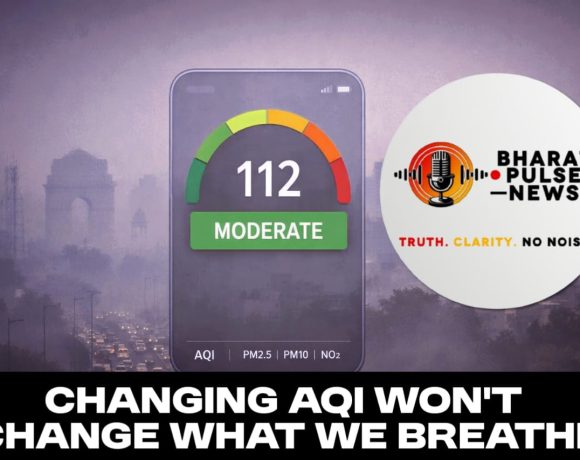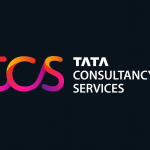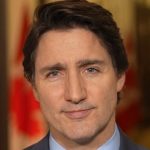
Breaking Down The News: Understanding Public Debt and India’s Efforts to Reduce It
When we hear the term public debt, it might sound like an economic jargon best left to experts. However, public debt affects every citizen—it influences tax rates, government spending on welfare programs, inflation, and even the job market.
So, let’s break it down in simple terms and understand what it means, how India’s government is handling it in the latest budget, and whether their strategy is working.
What is Public Debt? A Simple Analogy
Imagine you are running a household. You earn ₹50,000 per month but your expenses—house rent, groceries, education fees, and medical bills—come up to ₹60,000. The extra ₹10,000 has to come from somewhere. So, you borrow from friends, take a bank loan, or swipe your credit card.
The government operates in a similar way. If it collects ₹30 lakh crore in taxes but needs to spend ₹40 lakh crore on roads, defense, healthcare, and education, it borrows the remaining ₹10 lakh crore. This borrowed money is called public debt.
Governments borrow by issuing bonds, taking loans from banks, or even borrowing from international institutions like the World Bank and the IMF. Just like individuals, governments must also pay back this debt with interest.
How Much Debt Does India Have?
Currently, India’s public debt is around 60% of its Gross Domestic Product (GDP). This means that if India’s economy produces ₹100, the government owes ₹60 in debt.
The 2025-26 Union Budget has allocated a staggering ₹12.76 lakh crore just for interest payments—which means India spends a quarter of its total revenue just to pay off the interest on past loans, not even the principal amount! Imagine using 25% of your monthly salary just to pay interest on loans—this is exactly the situation the Indian government faces.
How is the Government Managing Debt?
The government has been trying to reduce the fiscal deficit, which is the gap between its earnings (taxes) and spending. The fiscal deficit target for 2025-26 is 4.4% of GDP, down from 5.8% in the previous year. This means the government is trying to borrow less and spend more efficiently.
To do this, it is focusing on:
Privatization and Disinvestment: Selling stakes in public sector companies like Air India to raise funds.
Better Tax Collection: Increasing GST revenues and cracking down on tax evasion.
Reducing Subsidies Gradually: Cutting unnecessary subsidies while ensuring essential support remains.
Infrastructure Investment: Investing in highways and railways to boost economic growth, which in turn increases tax revenues.
Where is the Government Doing Well?
1. Infrastructure Development: The government has allocated ₹2.87 lakh crore for highways and ₹2.55 lakh crore for railways, aiming to boost connectivity and logistics. More efficient transport means more trade, and more trade means more revenue.
2. Digital Taxation & Compliance: GST collections have hit record highs due to better enforcement and digitization, reducing tax leaks.
3. Reducing Dependence on Foreign Loans: Unlike many developing nations, India relies more on internal borrowings rather than IMF or World Bank loans, which gives it more control over its financial decisions.
Where is the Government Lacking?
1. Interest Payments are Too High: ₹12.76 lakh crore on interest alone means that money which could be spent on healthcare and education is being used just to repay old loans.
2. Lack of Control on Subsidy Burden: Despite efforts to cut costs, food subsidies (₹2.03 lakh crore) remain high. While food security is essential, the government must find ways to make the system more efficient, such as reducing wastage in distribution.
3. Slow Disinvestment Process: The plan to sell loss-making government companies has been moving slowly, delaying potential revenue.
Is India Heading Towards a Debt Crisis?
No, India’s debt situation is not as alarming as countries like Sri Lanka or Pakistan, which have faced economic collapses due to excessive borrowing. However, reducing debt is essential to maintain economic stability and ensure funds are available for welfare and development.
Conclusion: The Road Ahead
Public debt is a necessary tool – just like taking a loan to buy a house or start a business. However, excessive debt can lead to problems. The Indian government has taken some positive steps in reducing its deficit, increasing tax revenue, and investing in growth-oriented sectors. However, high interest payments and slow privatization remain challenges.
As citizens, understanding public debt helps us make informed decisions about economic policies. The more efficiently our government manages its finances, the better our roads, hospitals, and jobs will be in the future.
Would you rather see your tax money spent on building new schools or just paying off old debts? That is the challenge India faces today. The budget shows a strong intent to fix the issue, but only time will tell how well it works.
